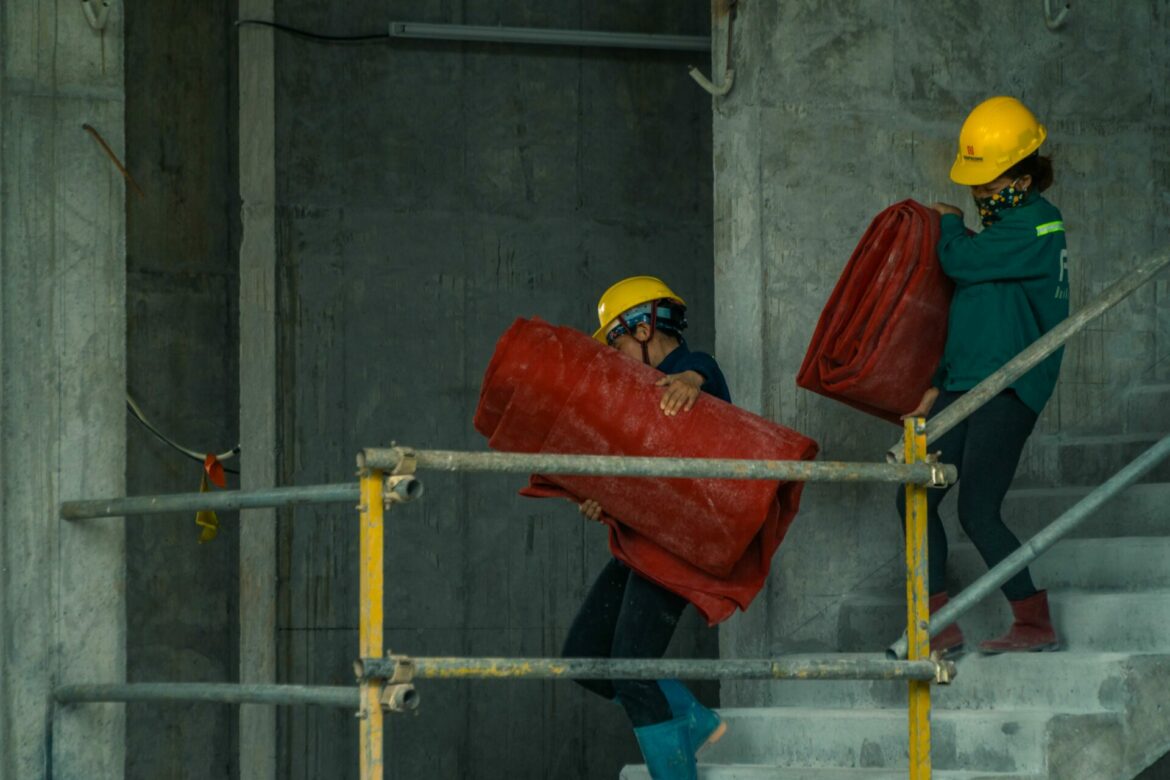
The Role of Employees in Creating a Safe Workplace: A Guide to HSE Responsibility
When it comes to maintaining a safe and healthy work environment, the responsibility does not fall solely on the shoulders of the management or the health and safety department. Employees play a pivotal role in ensuring workplace safety and compliance with Health, Safety, and Environment (HSE) regulations.
In this article, we will delve into the fundamental responsibilities of employees in creating a safe workplace and highlight their crucial role in HSE responsibility.
Adherence to HSE Policies and Procedures
Employees should be well-versed in their organisation’s HSE policies and procedures. Understanding and following these guidelines is the foundation of a safe workplace. It involves everything from proper equipment usage to emergency response protocols. Regular training and refreshers can help keep employees informed and vigilant.
Identifying Hazards and Reporting Incidents
One of the most vital responsibilities of employees is to actively identify workplace hazards. This includes recognising potential risks and promptly reporting them to the appropriate authority. Reporting near-misses and incidents, no matter how minor they may seem, is crucial for continuous improvement in safety measures.
Proper Use of Personal Protective Equipment (PPE)
Employees must ensure they are wearing the necessary PPE as mandated by their work environment. Whether it’s safety goggles, hard hats, or respirators, PPE serves as a shield against workplace hazards. Neglecting its use can lead to accidents and health issues.
Participation in Safety Committees
Many organisations have safety committees where employees can voice concerns and suggestions. Active participation in these committees can lead to the implementation of improved safety measures and a stronger safety culture.
Emergency Preparedness and Response
Being well-prepared for emergencies is an essential part of HSE responsibility. Employees should be familiar with evacuation plans, first-aid procedures, and fire drills. Knowing how to respond to a crisis can save lives and prevent further harm.
Respect for Environmental Regulations
HSE isn’t just about safety; it also encompasses environmental protection. Employees need to be mindful of their actions and their impact on the environment. This means following proper waste disposal methods and adhering to environmental regulations.
Promoting a Safety Culture
Employees should actively contribute to creating a safety culture in the workplace. This involves encouraging coworkers to prioritise safety, helping to educate new hires about safety procedures, and leading by example.
Continuous Learning and Improvement
Staying updated on industry best practices and new safety measures is a shared responsibility. Employees should be open to learning and be willing to adapt to new safety protocols as they evolve.
Behavioural Responsibility
Safety is not just about following rules; it’s about responsible behaviour. Employees should refrain from engaging in risky activities, horseplay, or ignoring safety regulations, even for a moment. Complacency can lead to accidents.
Supporting Mental Health
Employee well-being is a vital aspect of HSE. Mental health should not be overlooked, and employees should seek support and resources when needed. Stress and mental health issues can affect physical safety.
In conclusion, creating a safe workplace is a collective effort in which employees play a crucial role. Their responsibilities go beyond simply following the rules and regulations set by the organisation. Employees are the eyes and ears of the workplace, and their commitment to HSE responsibility is essential for maintaining a safe and healthy work environment.
Remember, safety is a shared responsibility, and by taking it seriously, employees become champions of a safer and more secure work environment for themselves and their colleagues.








